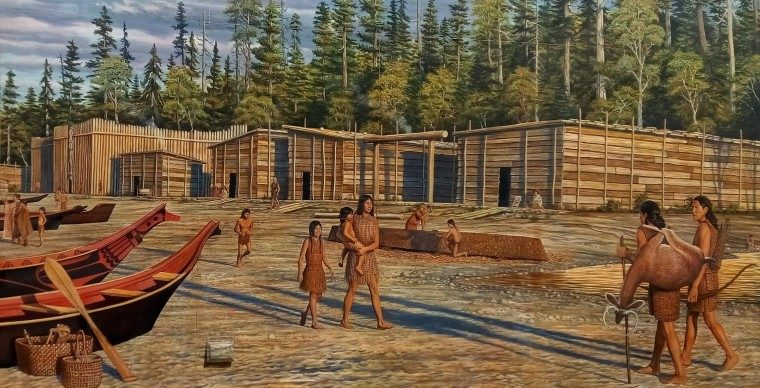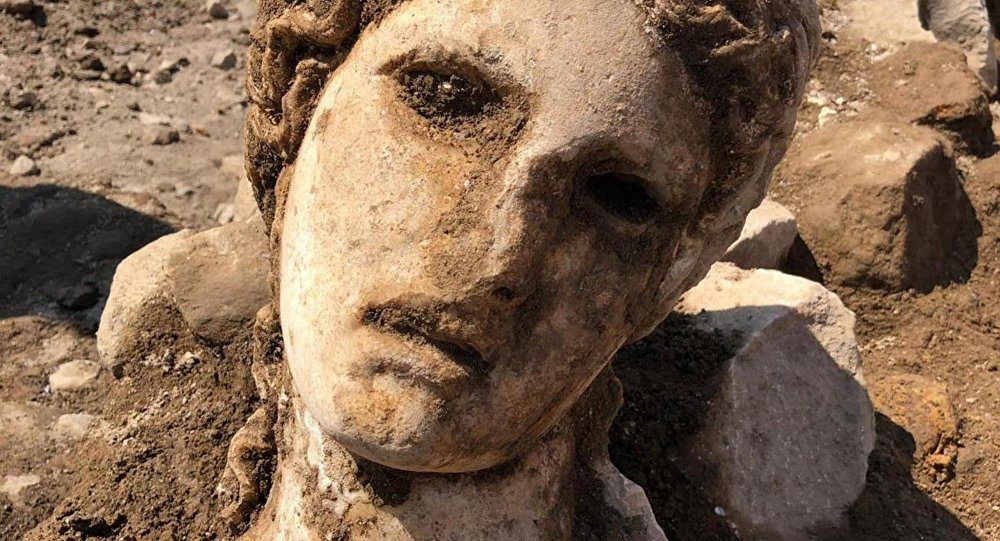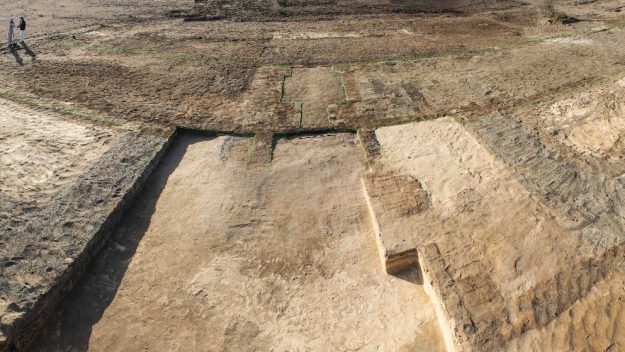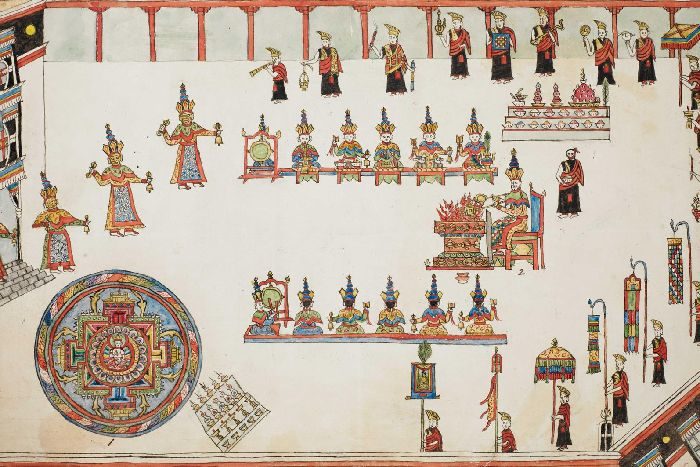Yes, I'm going there, and here's why: To understand the evil motivations of another human, one must explore their psyche to see how and why they operate the way they do. When reviewing the
Clintons' countless money laundering and pay-to-play schemes, one may ask,
what the hell do they need all of this money for? Well, buying people off requires a lot of money.
And why do they need to buy people off? Simple: the
Clintons' thirst for power is insatiable. Let me say that again: the
Clintons' thirst for power is insatiable. So much so that they stop at nothing to get what they want while enjoying the stain of destruction they leave along our path. In fact, their hunger for power is so strong, they even seek assistance through the help of voodoo and black magic with the hope of ensuring outcomes.
Some may already be aware of Bill and Hillary Clinton's experience with voodoo from the passage in Bill Clinton's memoir "My Life". However, I don't believe anyone is aware of their dark secret regarding the former President of
Haiti, Jean-Bertrand Aristide and his black magic. Did someone say secret? Shhh
Surely their story begins long before the 70's when it comes to their lust for power and the dark arts, but this journey begins in 1975 when the
Clintons took their first trip to
Haiti shortly after they married. Bill Clinton found a particular experience to be "the most interesting day of the trip", and he decided to include it in his memoir. Bill, Hillary, and their friend David Edwards had the opportunity to see voodoo in practice in a village near Port-au-Prince. The priest was Max Beauvoir, who had abandoned his career as a chemical engineer when his voodoo-priest grandfather died and named him as his successor.
Beauvoir gave them a "brief course in voodoo theology" as Clinton described it. Later that afternoon, the ceremony began.
Clinton wrote:





Comment: See also: Sickos: Wikileaks reveals Podesta bros participate in disturbing, occult-themed "spirit cooking" involving copious bodily fluids?